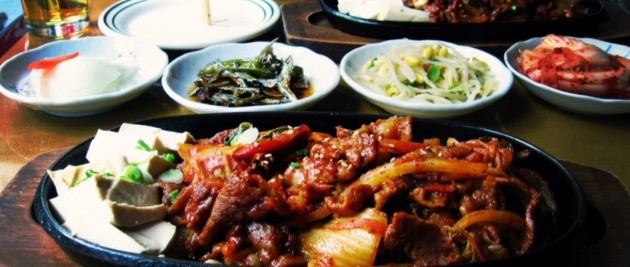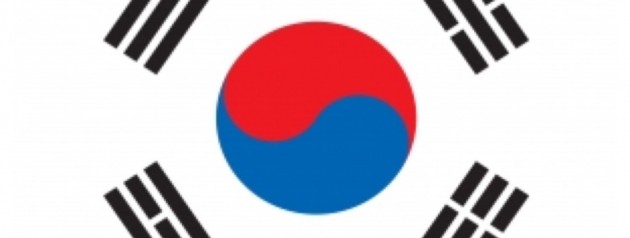The Business Lunch: South Korea’s Mealtime Etiquette
 If you’re headed to South Korea for a business trip, you may want to start brushing up on your mealtime manners. This isn’t to say that you should put aside your articles and books on the culture in general, but a lot of important business relationship building takes place in the bars and restaurants of South Korea. Show your South Korean hosts that you are a respectful and all-around likeable person by following a few simple rules.
If you’re headed to South Korea for a business trip, you may want to start brushing up on your mealtime manners. This isn’t to say that you should put aside your articles and books on the culture in general, but a lot of important business relationship building takes place in the bars and restaurants of South Korea. Show your South Korean hosts that you are a respectful and all-around likeable person by following a few simple rules.
For ease of use, I’ve divided this list up into categories: mealtime dos and don’ts; etiquette for edibles; and how to go the extra mile. If you plan on drinking you’ll want to read a bit about all the guidelines that go along with imbibing to avoid any other potential faux pas.
Mealtime dos and don’ts
1. Follow the leader. Customary etiquette in South Korea dictates that the host should order the food. You may also want to wait for them to tell you where to sit and invite you to start since there is a strict protocol for both these actions. Generally the most important or senior member of the party sits in the spot facing the door, and they start eating first.
2. Pass things properly. If you find yourself having to offer anything to anyone in your dining party, it is considered polite to do it using your right hand while your left hand supports your arm or wrist.
3. Mostly this is a list of things not to do.
4. Don’t pierce your food with your chopsticks.
5. Don’t rest chopsticks sticking out of your rice bowl, or laying across it.
6. Don’t cross your chopsticks or use them to point at anything.
7. Chopsticks should be placed to rest, when drinking or speaking, on the provided chopstick rest.
Etiquette for Edibles
1. Avoid taking the last banchan. Banchan is the collective name for all the various—and yummy—communal side dishes you’ll be served with your meal. If you find yourself in the awkward situation of salivating over the last bit of kimchee or sautéed vegetable dish, don’t take it. Avoid an uncomfortable exchange with whichever likeminded individual reaches for it at the same time and just ask the server for more instead.
2. Avoid picking up food with your hands. If you’re served fruit, use a toothpick to spear it.
3. Properly dispose of table trash. If, during the course of your meal, you accumulate any shells or bones, they should be placed out of the way on an extra plate.
How to Go the Extra Mile
1. Take care of others before you take care of yourself. South Koreans tend to place a lot of importance on hierarchical structures and awareness of others, so it’s best to honor anyone older or more important than you (or everyone at the table) by offering to refill water glasses and serve food. If the restaurant you’re at has a cooktop at the table, offer to be the one to do the cooking.
2. Clean your plate. For older Koreans who grew up during a time when the country was having some difficulties eating everything—to the last grain of rice—on the plate was expected. Times have changed but memories can go unchanged for a long time, so play it safe and eat your fill. You may even get praised on your hearty appetite.
3. Offer to share. If you find yourself in a situation where you and your mealtime companion each order something different to eat, the polite thing to do is either offer to share, or ask the server for an extra plate and give them some with no questions asked.
 You may think the way to impress your host is to pay for the meal, but customarily the person who issued the invitation pays; or in the case of two diners, the younger person pays. If you really want to make a good impression, take a few language classes and memorize a few talking points. If you already know a bit of Korean, try our online Language Level Test to figure out where to start. If you have any other questions, don’t hesitate to email us at [email protected].
You may think the way to impress your host is to pay for the meal, but customarily the person who issued the invitation pays; or in the case of two diners, the younger person pays. If you really want to make a good impression, take a few language classes and memorize a few talking points. If you already know a bit of Korean, try our online Language Level Test to figure out where to start. If you have any other questions, don’t hesitate to email us at [email protected].
